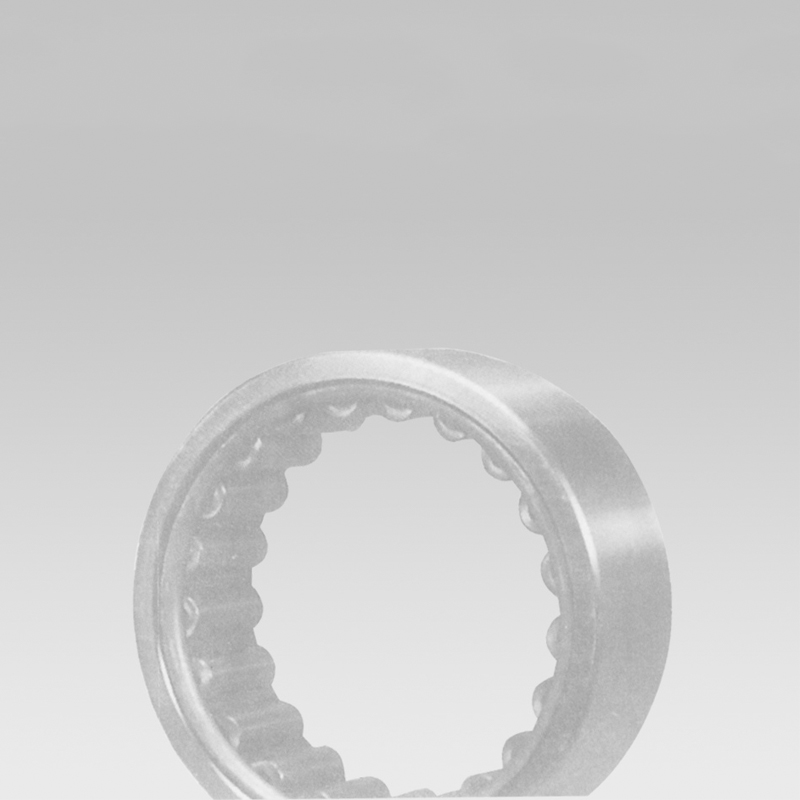
Aug . 30, 2024 22:18 Back to list
contact angle ball bearing
The Role of Contact Angle in Ball Bearings An Overview
Ball bearings are essential components in various mechanical systems, reducing friction between moving parts and ensuring smooth operation. One of the often-overlooked aspects of ball bearings is the contact angle, which plays a significant role in their performance and durability. In this article, we will explore the concept of contact angle in ball bearings, its implications for design and functionality, and the factors influencing it.
Understanding Contact Angle
The contact angle in ball bearings refers to the angle formed between the line of action of the external force and the tangent to the surface of the bearing race at the point of contact. It is crucial for determining how forces are distributed across the bearing surfaces. A well-optimized contact angle ensures that loads are transferred efficiently, minimizing wear and preventing premature failure.
Contact angles are typically characterized in two primary configurations radial and axial. The radial contact angle relates to the orientation of the load force perpendicular to the rotation axis of the bearing, while the axial contact angle describes the force parallel to the rotation axis. The choice of contact angle significantly influences the bearing's load capacity, stability, and overall performance.
Implications of Contact Angle in Design
In designing ball bearings, engineers must consider the appropriate contact angle for specific applications. A larger contact angle generally increases the bearing's capacity to withstand axial loads, making it suitable for applications with high thrust loads. Conversely, a smaller contact angle may reduce friction and improve dynamic performance, ideal for high-speed applications.
contact angle ball bearing

The contact angle also affects the bearing's alignment and the distribution of forces across the balls and raceways. An incorrect contact angle can lead to uneven wear, increased noise, and reduced efficiency. Therefore, manufacturers often employ advanced techniques such as computer-aided design (CAD) and finite element analysis (FEA) to optimize the contact angle and other geometrical parameters for the targeted application.
Factors Influencing Contact Angle
Several factors can influence the contact angle in ball bearings. One primary factor is the bearing load. As the load increases, the deformations of the bearing components can alter the effective contact angle, requiring adjustments in design to maintain performance. Additionally, the type of lubrication used can affect how the contact angle manifests in operation. Lubricants help reduce friction, but their type and viscosity can change the effective contact area and subsequently the contact angle.
Environmental conditions, such as temperature and humidity, also play a vital role. High temperatures can lead to thermal expansion of bearing materials, potentially changing the contact angle, while humidity can affect lubrication life and performance.
Conclusion
The contact angle in ball bearings is a critical parameter that influences their performance, load handling, and longevity. Understanding the intricate balance between contact angle, load conditions, and lubrication is paramount for engineers and designers to create optimal bearing solutions. As technologies and materials evolve, further research into the effects of contact angle on bearing functionality will help enhance the efficiency and durability of a wide range of mechanical systems. Thus, taking a comprehensive approach to bearing design that considers the contact angle will lead to better performance and reliability in applications across various industries.
Latest news
-
Common Failures in Thrust Ball Bearings and Solutions
NewsAug.22,2025
-
How Tapered Roller Bearings Can Take Shock Loads
NewsAug.22,2025
-
Angular Bearings in High-Precision Spindles
NewsAug.22,2025
-
The Impact of Misalignment on Cylindrical Roller Bearing Performance
NewsAug.22,2025
-
The Role of Cage Design in Deep Groove Ball Bearing Durability
NewsAug.22,2025
-
The Impact of Material Quality on Machinery Bearings’ Lifespan
NewsAug.22,2025
